
THERE was to be a five month wait until the trees were stripped of apples by the pickers, which gave me plenty of time to reflect on the previous search of the manor house site. After a battle with silver paper, a battle with the trees and about one hundred hours detecting I had wrestled out of the ground about twenty worthwhile finds. Pleased as I was with four hammered silver coins, three Roman bronzes and some nice artefacts, one find for every five hours of searching didn't seem to be an awful lot to me. Was there a way of speeding things up, I wondered?
It was during this time that I read of a detectorist making a number of good finds by employing a map dowser to identify the find spots prior to searching. Now this was food for thought! If I could know for sure where the good finds were before I even switched on my machine, my finds rate ought to go sky high!
The first problem was where to find a map dowser, for the dowser I had read about had very inconveniently passed away. The solution soon came from an advertisement in The Searcher: "I will dowse your maps for you ...Ring J. Longton".
Nothing ventured, nothing gained; having no idea what to expect, I rang Mr. Longton. Jimmy turned out to be a very friendly, likeable soul who had retired from the wrestling ring and developed a passion for dowsing. His major claim to fame in metal detecting circles was the locating of a hoard of Viking silver brooches which earned him a share of a £43,000 Treasure Trove award. What might he do for me, I wondered?
"What sort of area do you want dowsed?" Jimmy asked. Rather naively I replied: "Could you do the entire farm? - It's 300 acres."
"I could dowse a map of the entire country but you would be lucky if you recovered anything, because I would only be able to pinpoint large objects to within a few square miles. If you want to find coins and the like, I'll need an A4 size map of a small area — a few acres at most."
I made a photocopy of the plan of manor site and its immediate surrounds — about 30 acres in all and sent it off with the £10 fee requested.
A few days later the phone rang about 10 p.m. Trouble at work, I thought. Happily, it wasn't. It was Jimmy who very excitedly told me that he had just been dowsing my map and had been getting gold and silver signals all over the place. "That's some site you've got there!" he said. I bet he says that to everyone, I thought.
When the map arrived, I eagerly scanned it to see what jimmy had made of it. The first thing that struck me was that nearly all Jimmy's markers (over 80%) lay within the boundaries of the wood that had surrounded the manor house (a random distribution would have been 50%). The next thing I noticed was a row of ferrous markers which I knew immediately corresponded with a series of large iron stakes on the site. This was quite impressive especially as Jimmy lived 300 miles away and I had been very careful to reveal as little as possible about the site!
I noticed also that quite a few non-ferrous crosses were on the part of the site that I thought I had searched thoroughly. This reminded me of a conversation we had, where Jimmy had said that owing to various "technical" difficulties such as dowsing going deeper than metal detectors, I could have problems in finding the targets that he had marked. You really should learn to dowse, he told me. I had little faith in my ability to dowse traditionally even though Jimmy had sent me instructions on how to make and use dowsing rods. Years ago I had taken an interest, bought a pair of L-rods, found they didn't work and discarded them!
Coincidentally there was, at this time, a flurry of advertising and dialogue concerning a machine from the States that could find gold and silver, find it fast and find it from a mile away. They called it a long range locator. Now this did sound much better than a pair of modified coat hangers! The major snag, apart from it being by no means clear as to whether these machines actually worked or not, was its hefty price tag. I sent for the literature and convinced myself that, as litigation was
America
’s national sport, the manufacturer would have been sued out of existence if their claims weren’t at least substantially true. What’s more, all my detection equipment to date had paid for itself so my hobby owed me nothing. I bought an Electroscope Model 20.
If you haven’t seen an Electroscope, it consists of a more or less rectangular box (similar to a detector control box) with three adjustable antennae protruding from one end. Underneath, the box is joined to a pistol grip handle via a gimbal which allows the box to pivot in the horizontal plane. The general idea is that you keep the 'Scope balanced, wave it from side to side to determine if there is anything worth finding out in front of you and when the machine indicates that there is something, the antennae lock on to the target and you follow in for the kill with your metal detector. Simple!
Reality was somewhat different. The machine was easy enough to handle but most perplexing in what it seemed to be locating. The first field test yielded a broken bicycle spanner. The second had two of us digging a hole three feet deep only to uncover the farmer's water supply flowing through an iron pipe! Further tests produced bits and pieces of mainly non-ferrous scrap but none of this gold and silver the 'Scope was supposed to find. Yet metal objects were turning up which at least showed the machine was doing more than just keeping me amused until the autumn.
I arrived back at the manor site, just as the last box of apples was leaving, clutching the dowsed map, a 30 metre surveyor's tape and my detector of course. The corners of the field were the obvious places to measure from and there were only three of them as the field was triangular. I ran out the tape to the centre of the first cross and started searching with my metal detector. There was no hint of a signal. I carried on searching, carefully working out from the cross until eventually about 20 metres away I received a good signal and dug up a dinner fork, 20th century silver plated. I don't know if that was the object that had caused Jimmy's pendulum to gyrate but it did contain a very small amount of silver and I didn't find anything else in the vicinity.
I moved inwards to the next cross. It quickly became apparent that the further into the orchard I went the more the trees got in the way and the more difficult it was
was
to translate the crosses on paper into a search area on the ground. I didn't find anything anywhere around this second cross. I searched around the nearest crosses to the other two corners of the field and drew a blank there too; perhaps not surprisingly as I had thoroughly searched that end of the site last season. Back to the drawing board!
The following weekend I took the Electroscope with me. I didn't find much other than four pence in old money but I did discover that the Electroscope could be used just like a dowsing rod — I could simply walk around with it and it would indicate the location of metal objects to the left or the right of me within a few square metres. All I then had to do was to search the defined area with my metal detector. Using the 'Scope like this it wasn't long before I was holding my first decent find of the season — a well-preserved large rumbler bell with a blacksmith's hammer in shield motif.
Having now developed a working method, I started searching at the opposite end of the orchard to where I had worked the previous season, systematically working along each row. Not far in, from a depth of eight inches a Roman dupondius surfaced. A lump of bronze I uncovered became recognisable as part of a medieval pot-leg when I later dug out a complete one from a depth of 12 inches. From out of another seemingly bottomless hole came one of the nicest small crotal bells I have seen. This one is pewter with a bleeding heart motif, in perfect condition and good working order.
Just before I reached the point where I had finished searching last season I found an 18th century silver cufflink stud engraved with an abstract flower design. In the very next row I unearthed a similar silver cufflink stud engraved with the letter "T".
I was now going over old ground, as they say, searching the area that I had "thoroughly" done previously. I was amazed at what I had missed, although it was mainly junk. Two good finds did turn up, however. The first was a penny of Edward IV, very unfortunately clipped as it was a scarce
Bristol
mint issue. This was the smallest hammered coin I had ever found for two weeks until a cut farthing of Henry III put paid to that particular record. With that, I had completed the search of the main site in half the time that it had taken me to search a third of it conventionally.
According to the dowser there were still four treasures waiting to be found outside the main site, one at the west end and three at the east. I tried the west first and almost immediately found an As of Vespasian in quite presentable condition. At 69-79 AD this was the oldest datable metal object I had ever found and that record stood for a very long time. Further searches in the West produced nothing of note so I turned to the east.
At the eastern end of the main site lay another former wood of four acres. I decided to systematically search the lot rather than just go for the three dowsed targets which were close together in almost a straight line. The first find of note was a small rumbler bell, damaged and minus its ball. The second was an old style petrol can top proudly displaying the legend: PRATTS. The third find was a penny of Edward I, in good order and on the same day this was followed by two signals that produced most of a Henry III long cross penny. The following weekend brought the four acre search to an end with one final find — a half groat of Henry VIII. When I plotted the find-spots onto the map, the position of the three hammered coins coincided almost exactly with Jimmy's crosses!
What I didn't know, of course, was how thorough my searching was or how reliable was Jimmy's dowsing. I therefore used the couple of months I had left of this season and part of the next, to conventionally detect some of the area again and to see if I could find anything to the north or south of
the main site. In terms of finds it was a complete waste of time but it did convince me that I had recovered everything worthwhile from the site — a total of forty good finds (including nine hammered silver coins) covering 1900 years!
From The Searcher March 1997
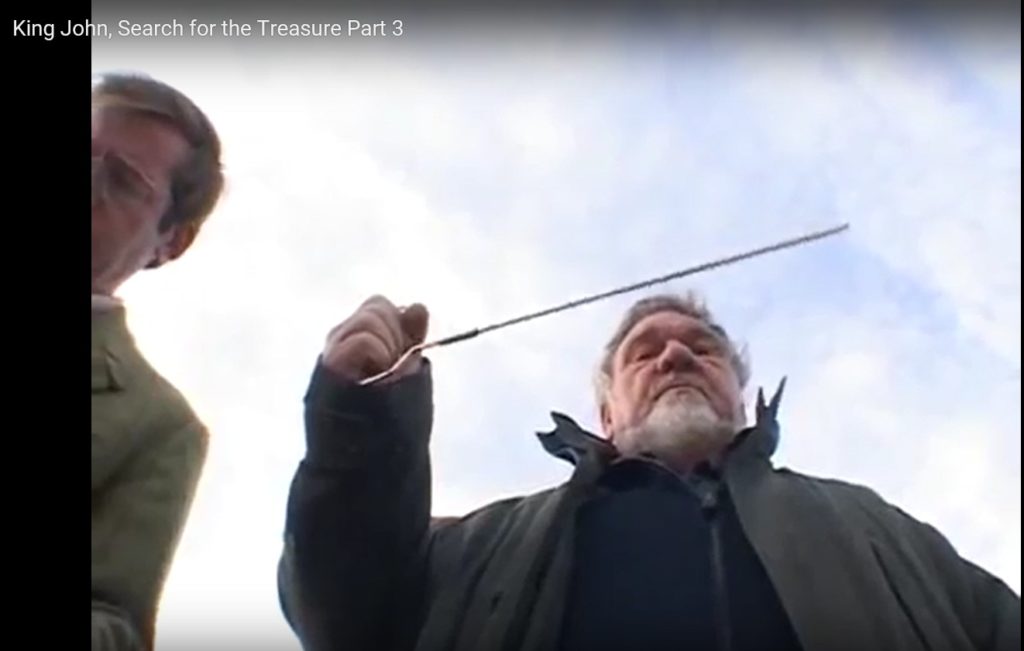


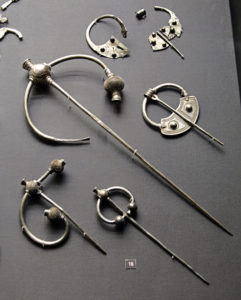
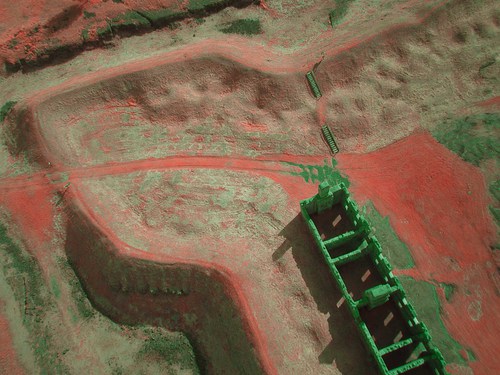

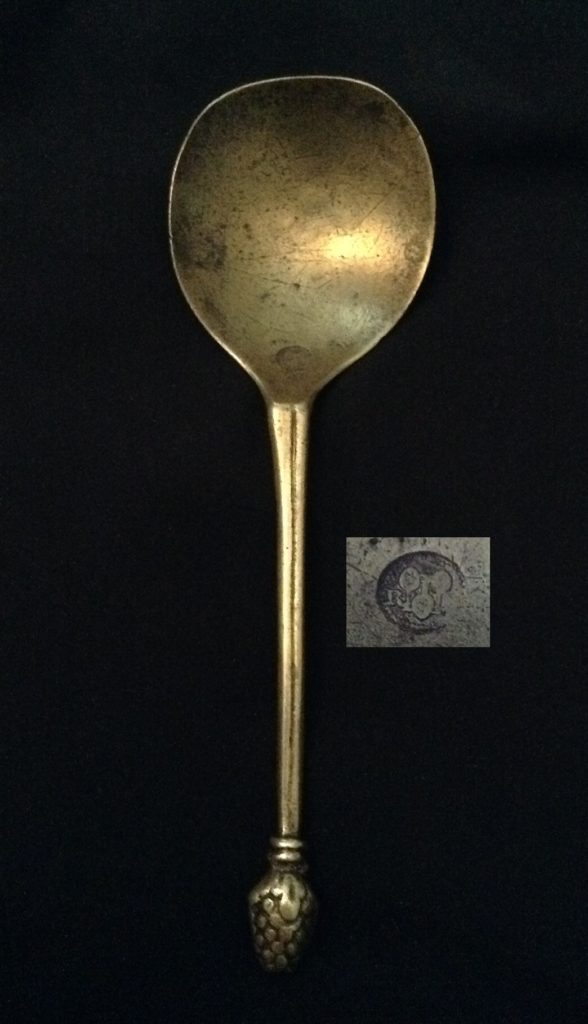
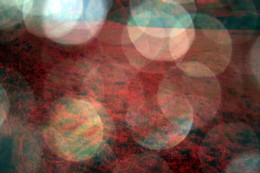

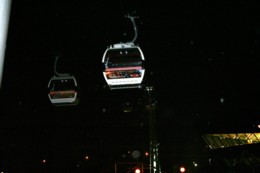



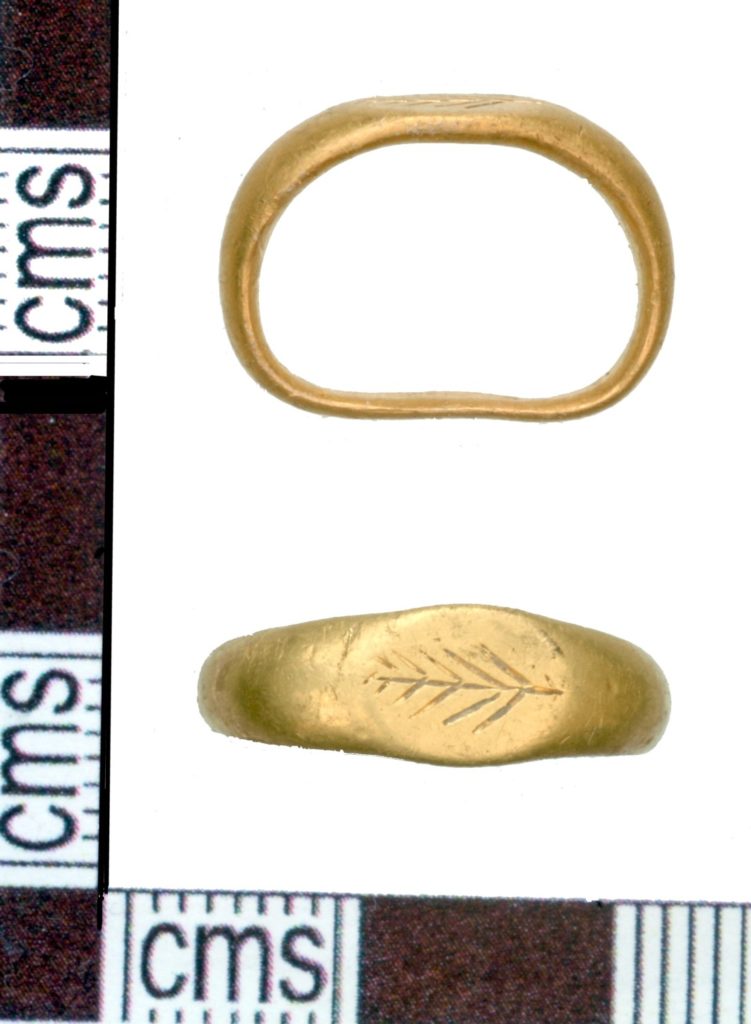

Recent Comments